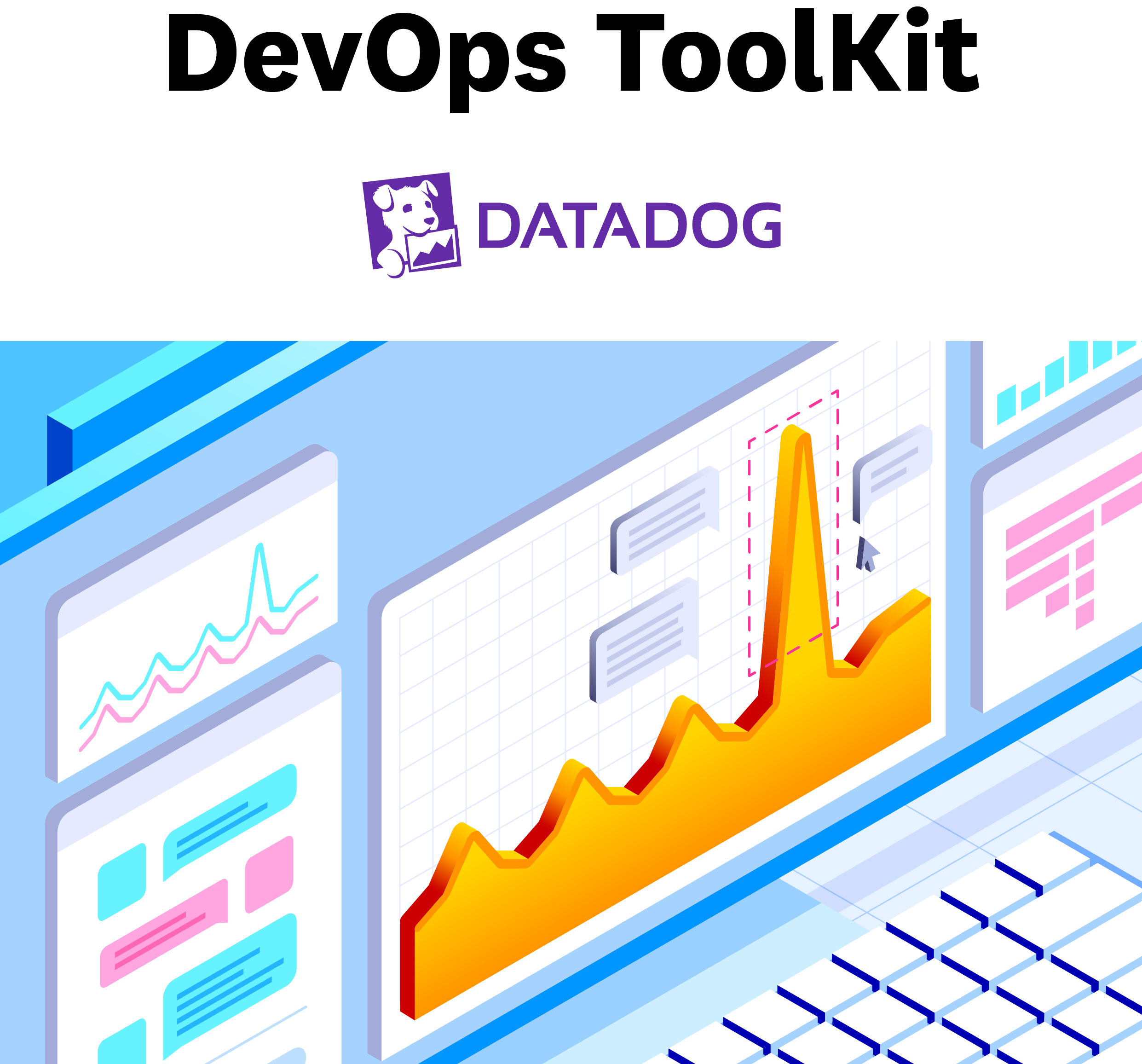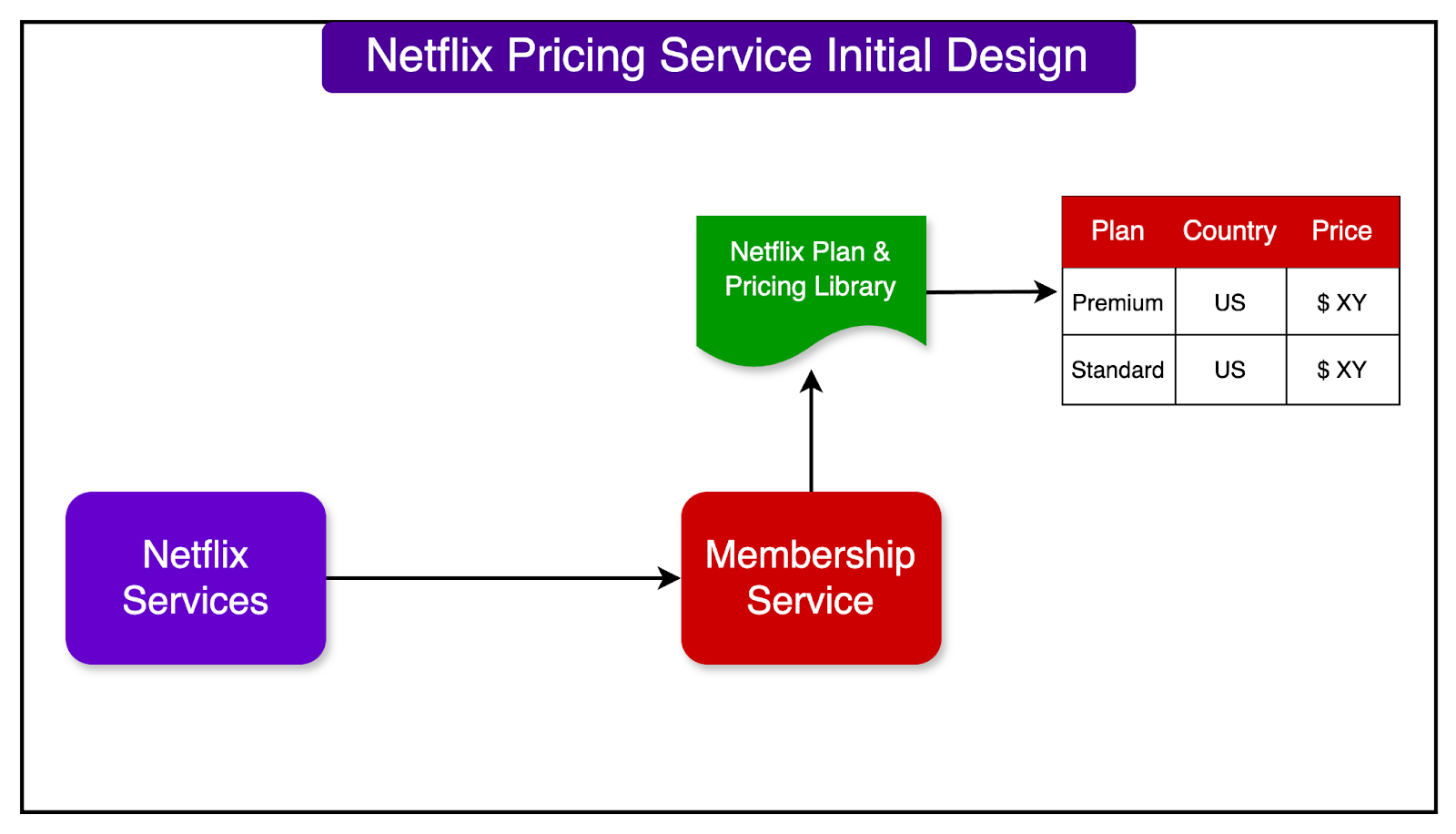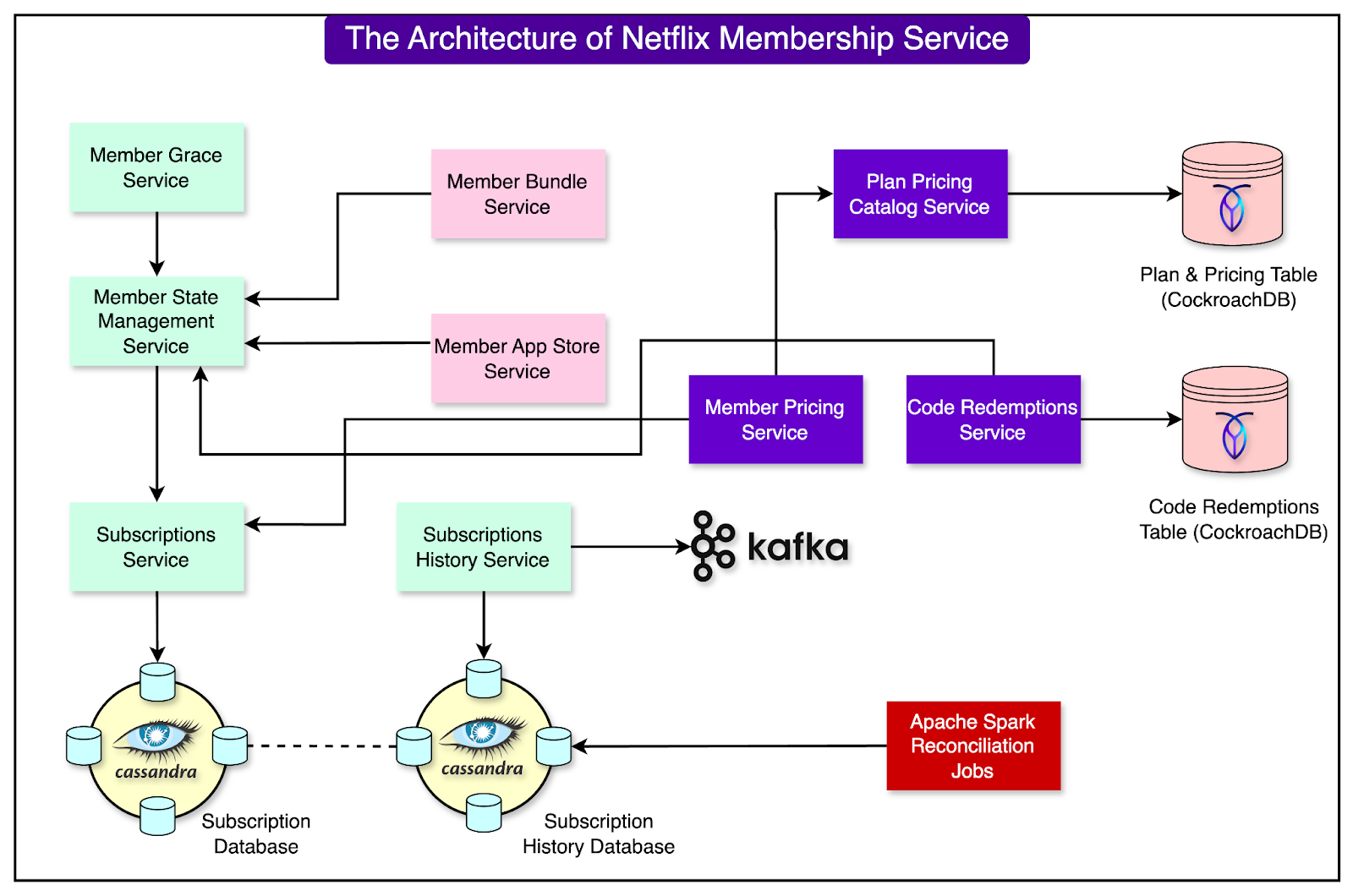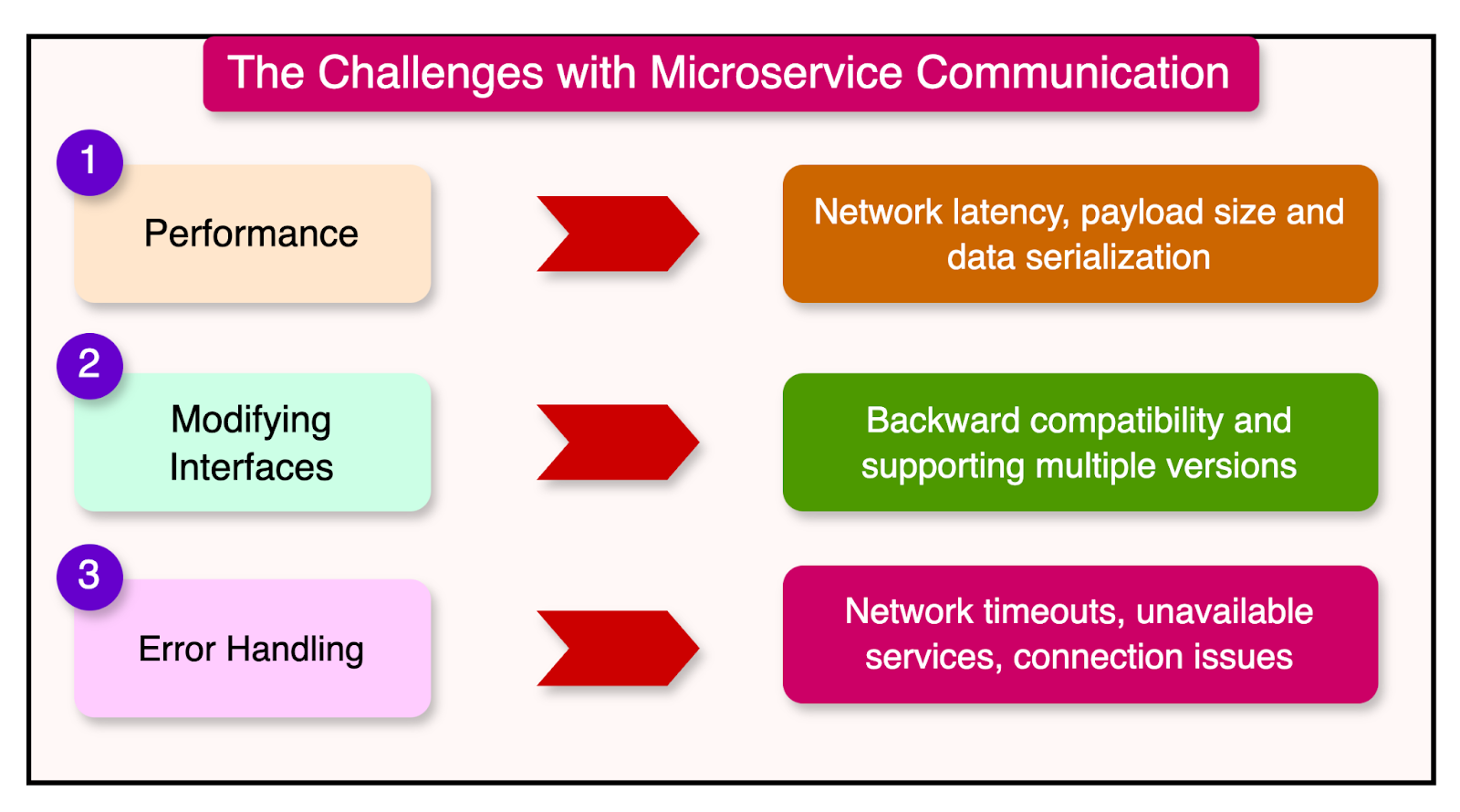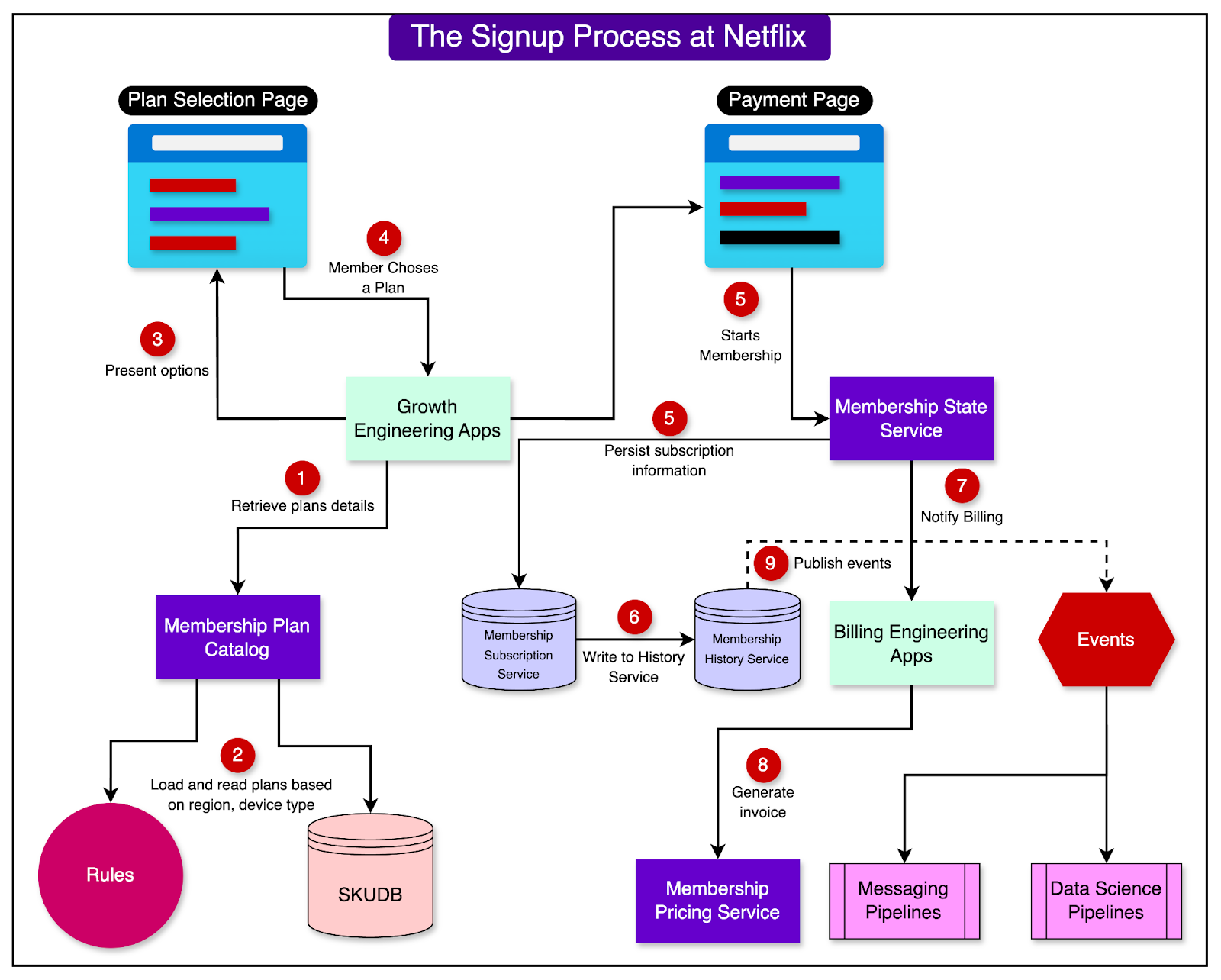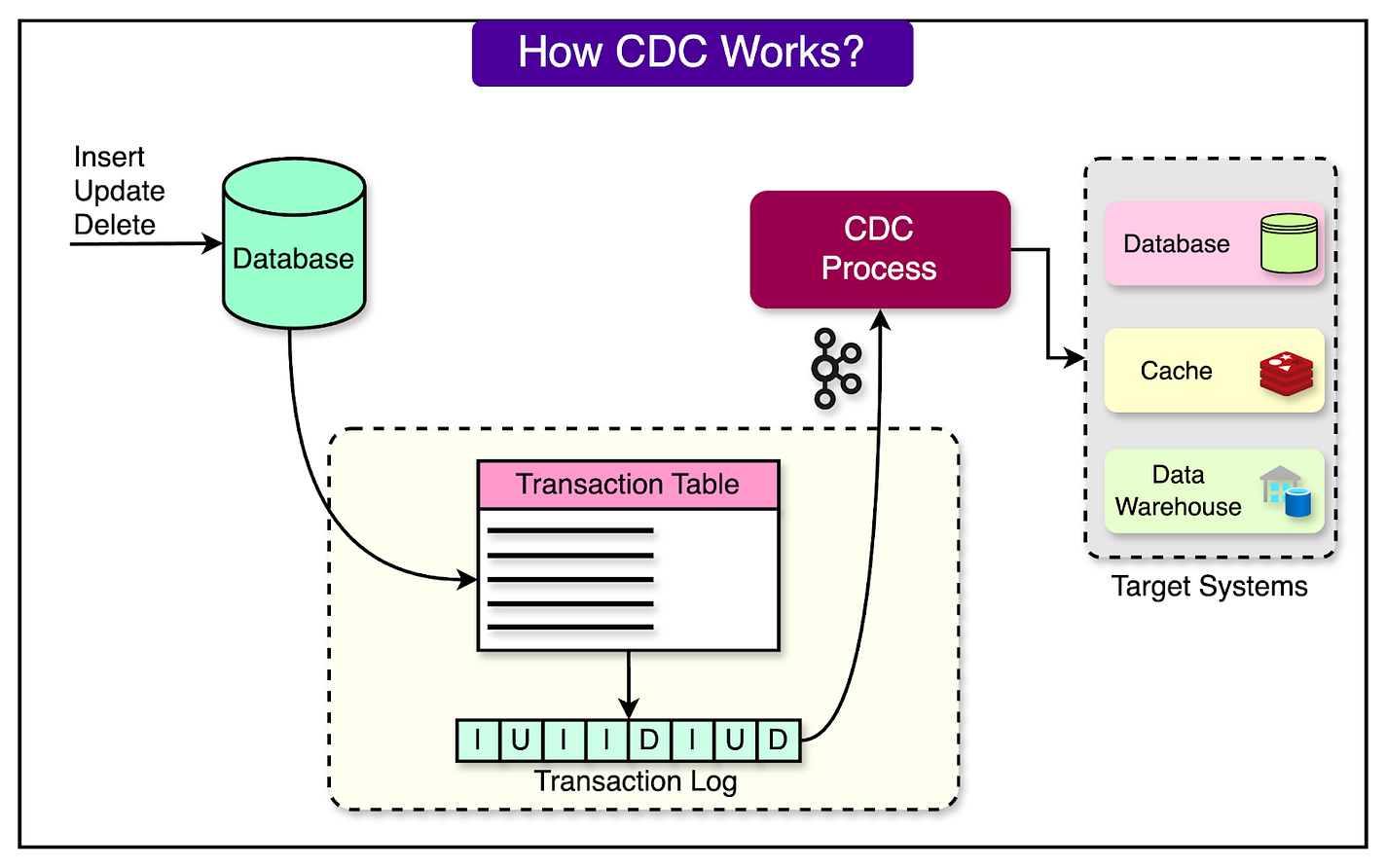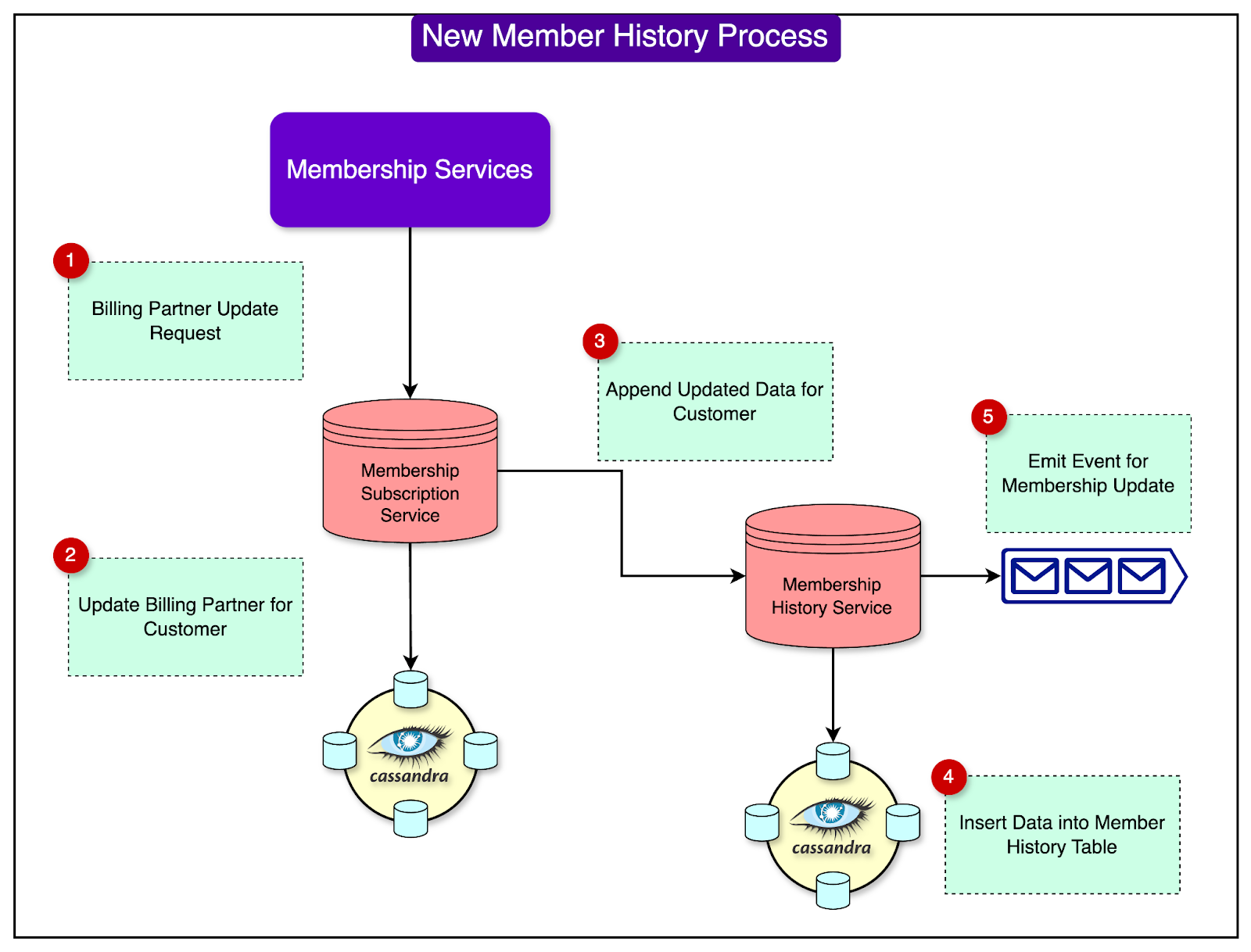- Mailing Lists
- in
- How Netflix Manages 238 Million Memberships?
Archives
- By thread 5360
-
By date
- June 2021 10
- July 2021 6
- August 2021 20
- September 2021 21
- October 2021 48
- November 2021 40
- December 2021 23
- January 2022 46
- February 2022 80
- March 2022 109
- April 2022 100
- May 2022 97
- June 2022 105
- July 2022 82
- August 2022 95
- September 2022 103
- October 2022 117
- November 2022 115
- December 2022 102
- January 2023 88
- February 2023 90
- March 2023 116
- April 2023 97
- May 2023 159
- June 2023 145
- July 2023 120
- August 2023 90
- September 2023 102
- October 2023 106
- November 2023 100
- December 2023 74
- January 2024 75
- February 2024 75
- March 2024 78
- April 2024 74
- May 2024 108
- June 2024 98
- July 2024 116
- August 2024 134
- September 2024 130
- October 2024 141
- November 2024 171
- December 2024 115
- January 2025 216
- February 2025 140
- March 2025 220
- April 2025 233
- May 2025 239
- June 2025 303
- July 2025 173
How Netflix Manages 238 Million Memberships?
How Netflix Manages 238 Million Memberships?
Guide to Accelerating DevOps Transformation (Sponsored)The DevOps model can engender faster development cycles and enhanced agility in responding to market needs. Gain instant access to:
Disclaimer: The details in this post have been derived from the articles/presentations made by the Netflix engineering team. All credit for the architectural details goes to the Netflix engineering team. The links to the original articles are present in the references section at the end of the post. We’ve attempted to analyze the details and provide our input about them. If you find any inaccuracies or omissions, please leave a comment, and we will do our best to fix them. As a subscription-based streaming service, Netflix's primary revenue source is its membership business. With a staggering 238 million members worldwide, managing memberships efficiently is crucial for the company's success and continued growth. The membership platform at Netflix plays a vital role in handling the entire lifecycle of a user's subscription. The membership lifecycle consists of various stages and scenarios:
In the following sections, we will explore the architectural decisions made by the Netflix engineering team to support the various capabilities and scalability of its membership platform. The High-Level Architecture of Netflix Membership PlatformBefore diving into the details of Netflix's membership platform, let's take a step back and examine how the company's original pricing architecture was designed. In the early days, Netflix's pricing model was relatively straightforward, with only a handful of plans to manage and basic functionality to support. To meet these initial requirements, Netflix employed a lightweight, in-memory library. This approach proved to be quite efficient, as the limited scope of the pricing system allowed for a simple and streamlined design. The diagram below illustrates this basic architecture: As Netflix expanded its global presence and diversified its offerings, the lightweight, in-memory library that initially served the pricing architecture became insufficient. The growing complexity and scope of the pricing catalog, coupled with its increasing importance across multiple applications, led to operational challenges. The library's size and dependencies made it difficult to maintain and scale, necessitating a transition to a more robust and scalable architecture. The diagram below shows the high-level architecture of Netflix’s modern membership platform: The membership platform consists of a dozen microservices and is designed to support four nines (99.99%) availability. This high availability requirement originates from the platform's critical role in various user-facing flows. If any of the services experience downtime, it can directly impact the user experience. The platform supports several key functionalities:
The key points about the architecture diagram are as follows:
Netflix’s choice of using CockroachDB and Cassandra is interesting. While CockroachDB provides strong consistency, making it suitable for critical data such as the plan pricing information, Cassandra is a highly scalable NoSQL database for handling large volumes of membership data. Also, the 99.99% availability indicates a strong focus on resilience and fault tolerance. Netflix is anyways famous for its comprehensive chaos engineering practices to proactively test the system’s resilience. Latest articlesIf you’re not a paid subscriber, here’s what you missed. To receive all the full articles and support ByteByteGo, consider subscribing: The Signup Process FlowOnce users embark on their Netflix journey, they encounter plan selection options. Rendering the plan selection page accurately is of utmost importance due to the geographical variations in currency, pricing, and available plans. Netflix's membership platform ensures that users are presented with the appropriate options based on their location and device type. The diagram below shows the detailed steps involved in the Netflix signup process and the services that are triggered during the flow: Here’s a look at each step in more detail.
How Member History Is Tracked?In the early stages of Netflix's membership platform, member history and data were tracked through application-level events. While this approach sufficed initially, it became evident that a more granular and persistent data tracking solution was necessary as Netflix expanded and the complexity of member data increased. To address this need, Netflix developed a robust solution based on the Change Data Capture (CDC) pattern. For reference, CDC is a design pattern that directly captures changes made to a database and propagates those changes to downstream systems for further processing or analysis. The diagram below shows how the CDC process works: Adopting a CDC-like approach ensures that all delta changes made to the membership data sources are recorded in an append-only log system, which is backed by a Cassandra database. The diagram below shows the flow of historical data in Netflix’s membership platform: Let’s walk through the steps in this process:
There are multiple benefits to this design:
Technical Footprint of the Netflix Membership PlatformThe technical landscape of the Netflix membership platform can be broadly categorized into two main areas: development and operations/monitoring. Let's look at each area in detail. Development StackThe development stack of Netflix’s membership platform can be described by the following key points:
Operations and MonitoringNetflix places a strong emphasis on observability and monitoring to ensure the smooth operation of its membership platform:
ConclusionIn conclusion, Netflix's membership platform is a critical component of the company's success, enabling it to manage the entire lifecycle of a user's subscription. The platform has evolved from a simple, lightweight library to a robust, scalable architecture that can handle millions of requests per second Some key takeaways to remember are as follows:
References: SPONSOR USGet your product in front of more than 500,000 tech professionals. Our newsletter puts your products and services directly in front of an audience that matters - hundreds of thousands of engineering leaders and senior engineers - who have influence over significant tech decisions and big purchases. Space Fills Up Fast - Reserve Today Ad spots typically sell out about 4 weeks in advance. To ensure your ad reaches this influential audience, reserve your space now by emailing hi@bytebytego.com © 2024 ByteByteGo |
by "ByteByteGo" <bytebytego@substack.com> - 11:36 - 25 Jun 2024
